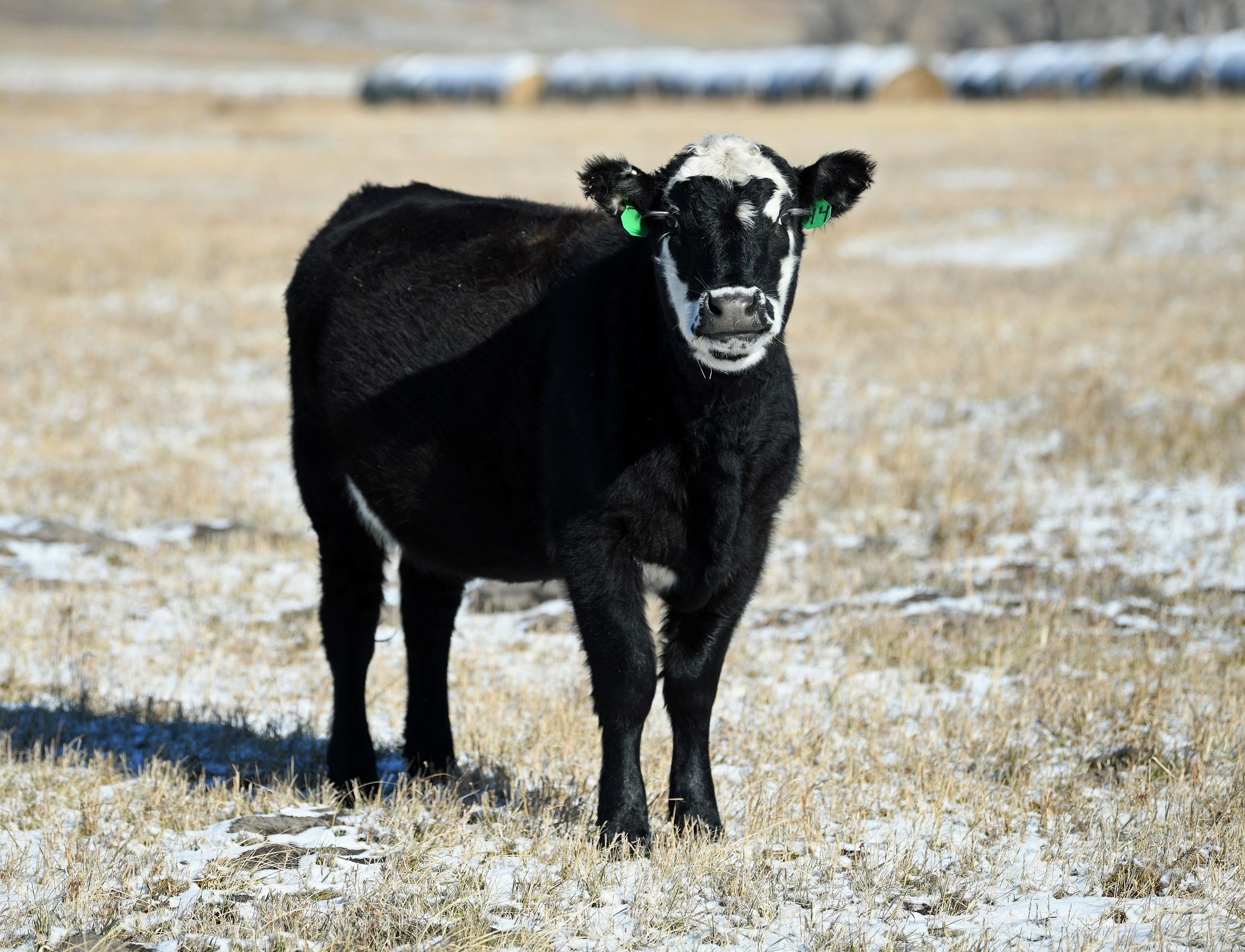Aaron Berger, Nebraska Extension Beef Educator

For most producers the spring breeding season is still a ways off, but now is a good time to review estrus synchronization protocols and develop a plan for this year. There are several Extension resources that can be helpful in preparing for the upcoming breeding season.
The first resource is the Applied Reproductive Strategies in Beef Cattle website, which can be found at beefrepro.unl.edu. The content for this website is develop and maintained by the Beef Reproduction Task Force, which is a multi-state Extension cooperative. At the website is the current recommended estrus synchronization protocols for both heifers and cows along with several resources related to understanding the estrus cycle in cattle.
The Beef Reproduction Task Force also hosts an annual “Applied Reproductive Strategies in Beef Cattle Symposium.” This event is considered to be the premier national event in beef cattle reproductive management and has a long history of providing the latest information on the application of reproductive technologies. Past proceedings for the event are also available at the website and cover a range of topics related to cowherd reproduction — such as nutritional interactions, management and male fertility.
A second resource is a webinar titled “Principles for Improving Conception Rates with Estrus Synchronization and AI” by Nebraska Extension Beef Cattle Reproductive Physiologist, Dr. Rick Funston. This webinar is available at beef.unl.edu. The presentation gives an overview of principles to remember and utilize to enhance the likelihood for estrus synchronization and artificial insemination success.
A third resource that is extremely helpful is the Estrus Synchronization Planner developed and maintained by the Iowa Beef Center. This free Excel® spreadsheet tool can be utilized to help identify the best estrus synchronization protocol based on desired goals. The planner also provides a detailed calendar with the correct products to use along with dates and times based on the selected estrus synchronization protocol. Correctly following an estrus synchronization protocol is critical to success. This planner helps clarify details in an easy to use format.
Are you seeking to evaluate the costs and benefits of artificial insemination as compared to natural service? The Breeding Cost Cow-Q-Lator is an Excel® spreadsheet tool that can assist producers in calculating the costs and value associated with natural service and artificial insemination to help producers compare the two options to each other. This resource is available at the beef.unl.edu website.
The development of estrus synchronization protocols for beef cattle that can be used for either natural service or artificial insemination has provided greater opportunities for cattle producers to benefit from these technologies. Taking time to review the different options that are available and evaluating how they might be utilized can help producers select the tools that are right for them.
